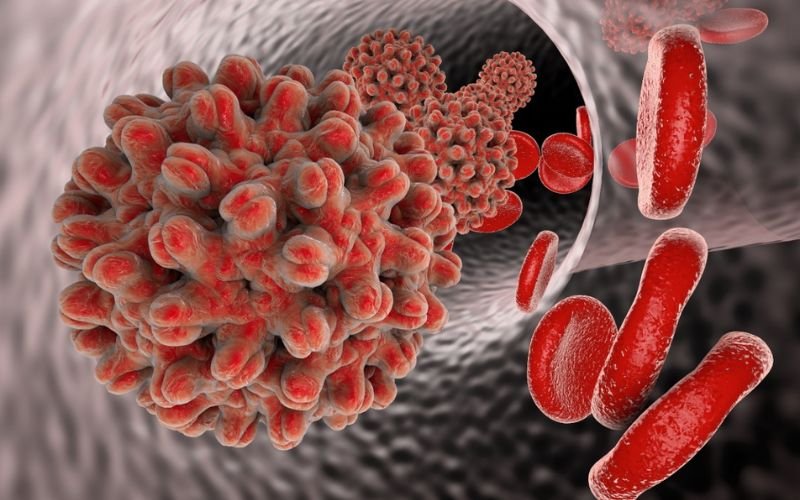
Menu
Viral Infections
What is Viral Infections?
A viral infection occurs when a virus enters the body, invades cells, and begins to multiply. Viruses are tiny infectious agents that can only replicate inside the living cells of an organism. They consist of genetic material (DNA or RNA) enclosed in a protein coat, sometimes with a lipid envelope. Viral infections can affect any part of the body and range from mild to severe.

Common Characteristics of Viral Infections:
- Invasiveness: Viruses attach to host cells, enter them, and hijack the cellular machinery to reproduce.
- Specificity: Viruses often target specific types of cells, depending on their receptors and mechanisms.
- Transmission: They can spread through various means, including air (coughing, sneezing), bodily fluids, direct contact, contaminated food, and insect bites.
- Immune Response: The body’s immune system typically responds by producing antibodies and activating immune cells to combat the virus.
Common Examples of Viral Infections:
- Cold and Flu (Influenza): Respiratory viruses causing symptoms like fever, cough, and congestion.
- COVID-19: Caused by the SARS-CoV-2 virus, affecting the respiratory system.
- HIV/AIDS: Attacks the immune system, leading to severe immune deficiency.
- Hepatitis: Inflammation of the liver caused by hepatitis viruses (A, B, C).
- Herpes: Causes sores, often around the mouth or genitals.
Treatment:
- Vaccination: Prevention through vaccines (e.g., flu vaccine, COVID-19 vaccine).
- Antiviral Medications: For some viral infections, specific antiviral drugs can inhibit virus replication (e.g., Tamiflu for flu, antiretrovirals for HIV).
- Supportive Care: Rest, hydration, and symptom management are often essential, especially for viral infections like the common cold.